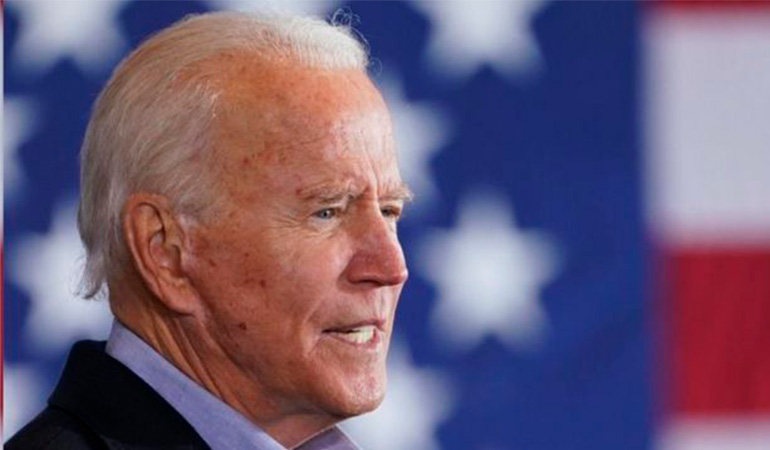
Today, President Biden addressed his long-awaited plan to forgive up to $20,000 in federal student loans to millions of borrowers. The president also extended the pause in federal student loan payments, interest and collections through the end of the year.
A three-part plan
According to Federal Student Aid, borrowers with annual incomes of less than $125,000 (individuals) or $250,000 (families) are eligible for up to $10,000 in federal student loan forgiveness. Pell Scholars have an additional $10,000 available for student debt relief. In either case, the amount of relief a borrower receives is capped based on his or her outstanding debt. For example, a Pell Grant recipient with an outstanding balance of $19,000 will not receive $1,000 of the $20,000 of relief to which they are entitled.
Approximately 8 million people can automatically receive assistance because the US Department of Education already has their relevant income data. For those unsure whether the Department of Education has their earnings data (as well as those who know it doesn’t), an app will be rolled out by the Biden-Harris administration in the coming weeks.
According to the Department of Education, nearly one-third of borrowers in the US owe less than $10,000, while more than half owe less than $20,000. An income cap was not considered until recently.
The Best Student Loan Forbearance Extension
The Biden-Harris administration also confirmed that part of the president ‘s plan is to extend emergency COVID-19 student loan assistance through December 31, 2022.
This decision comes just one week before the break in payments, interest and fees. previously scheduled for deletion.
The freeze was introduced as part of the Coronavirus Relief, Relief, and Economic Security (CARES) Act, which was signed into law by then – President Trump on March 27, 2020, was originally scheduled to go into effect on Expires on September 30, 2020, but was renewed six times over the next two years.
This final renewal will be automatic with no action required from borrowers.
Rule for creating a new income-dependent repayment schedule
Finally, a rule is proposed for the creation of a new compensation plan based on earnings. The specifics of this rule include:
- Borrowers who are not required to pay more than 5% of their discretionary income per month in student loans, instead of the 10% available under the latest income-based payment plan.
- Increase the amount of income that is considered non-discretionary income, thereby protecting it from reimbursement.
- Forgive loan balances after 10 years instead of after 20 years, as long as loan balances do not exceed $12,000.
- Think about it and borrowers pay no monthly interest, ensuring that their loan balance doesn’t increase as long as they make their monthly payments, even if the monthly payment is $0.
The Story of the Biden-Harris Administration’s Student Loan Forgiveness
This announcement is part of the Biden-Harris administration’s broader effort for student debt relief. To date, more than 1.6 million borrowers in the United States have received $32 billion in educational loan relief, including $13 billion for borrowers who benefited from the institutions they attended and $9 billion in full repayments and disability permanent.
